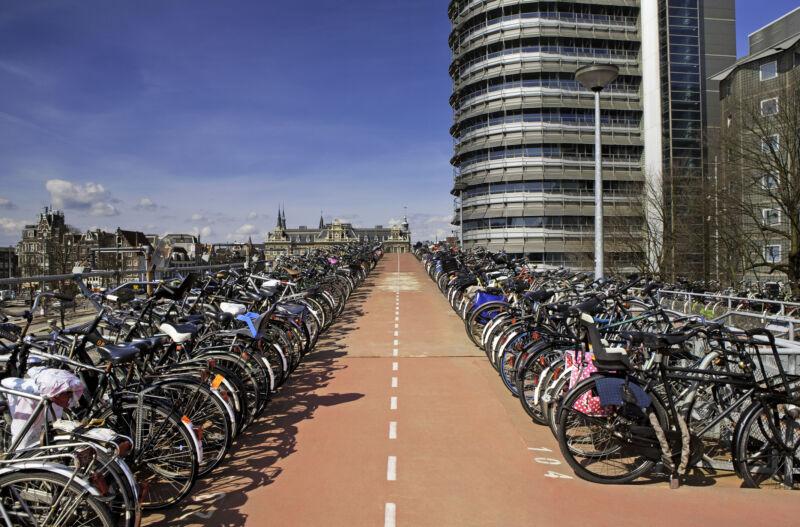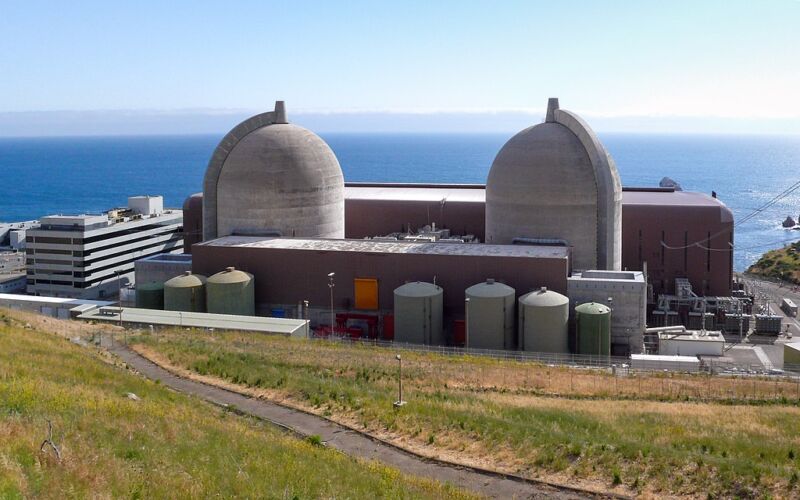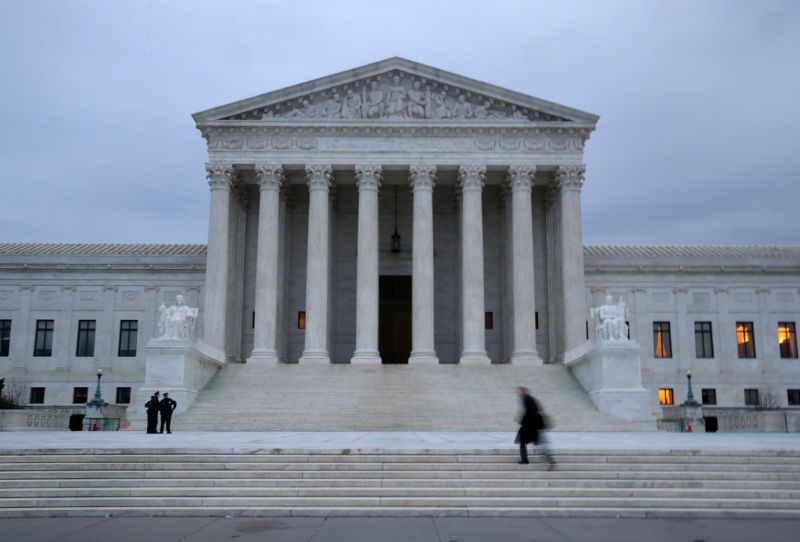-
 chevron_right
chevron_right
No new combustion engines cars from 2035, says European Union
news.movim.eu / ArsTechnica · Friday, 28 October, 2022 - 08:45 · 1 minute

Enlarge (credit: Getty Images)
The days of the new internal combustion engine are definitely numbered—at least in the European Union. On Thursday the European Council and the European Parliament agreed on provisional rules to heavily reduce passenger vehicle carbon emissions in 2030 before enacting a complete ban on internal combustion engines for new passenger cars and vans in 2035.
"This agreement will pave the way for the modern and competitive automotive industry in the EU. The world is changing, and we must remain at the forefront of innovation. I believe we can take advantage of this technological transition. The envisaged timeline also makes the goals achievable for car manufacturers," said Jozef Síkela, Czech minister of industry and trade. (The Czech Republic currently holds the EU presidency.)
The EU is already home to some of the world's stricter emissions regulations. Under the current regulations, automakers must meet a fleetwide average of 95 g CO 2 /100 km ; fail to do so and they're fined €95 for each gram of CO 2 /km over that limit for every vehicle they've sold in a given year. But much tougher limits are on the way as the EU tries to reduce its carbon emissions by 55 percent by 2030 compared to 1990.





